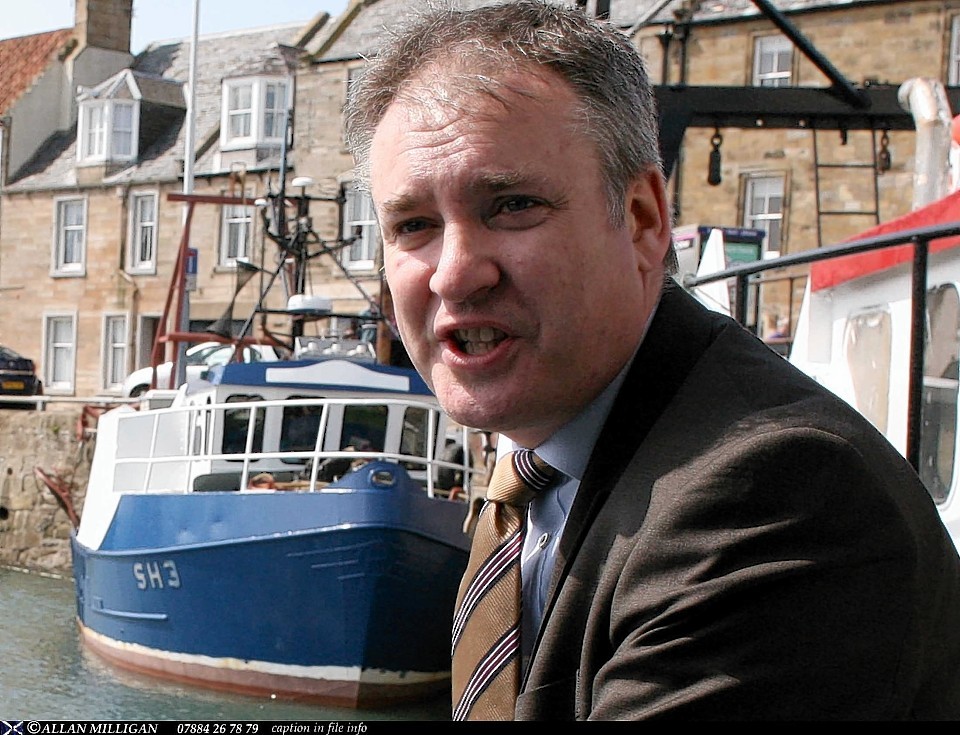Some of Scotland’s key fishing stocks are at their healthiest levels in years. Fisheries Secretary Richard Lochhead says this should herald better times ahead for the fleet.
Fisheries is at the heart of the Scottish Government’s three overarching aims of creating more, better-paid jobs in a strong sustainable economy.
The fishing industry is very important to Scotland and contributes over £500million in revenues a year. It is the lifeblood of many local communities, supporting in excess of 5,000 coastal jobs.
Over the past year there have been very encouraging signs for fishing. The value of Scottish catch is currently at a record high and the volume of fish landed increased by more than 30% in 2014.
Landings posted into the key north-east ports of Fraserburgh and Peterhead last year were up 35% by weight on 2013 and valued at in excess of £200million.
Annual scientific advice from the International Council for the Exploration of the Sea (Ices) published this week showed North Sea cod, haddock and plaice numbers are rising, which should lead to significantly higher quotas next year.
The level of catch advised for North Sea cod – an increase of up to 15% – is the highest catch level Ices has recommended in 15 years.
These figures bring confidence for the future and I’m hopeful that we can see revenues grow further, adding to fishermen’s bottom line and creating further good quality jobs.
But we know there are a number of challenges to overcome in the coming year and none more so than the discard ban.
With just six months to go until the start of the demersal discard ban, which will ultimately cover some of our most popular fish, including cod, haddock and monkfish, the industry is entering its biggest period of change in a generation.
We are working hard in Europe on behalf of fishermen to ensure the ban is implemented in a pragmatic, proportionate and phased way.
If managed sensibly, the landing obligation will be good for Scotland and help the conservation of fish stocks that offer up dependable and sustainable catches for fishermen.
The ban needs to be implemented in a way which is workable. If we get it right, it will enable us to overcome the ecological madness of dumping perfectly good fish dead back into the sea, to the benefit of both fishers and consumers.
